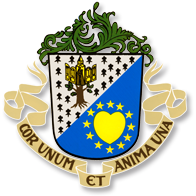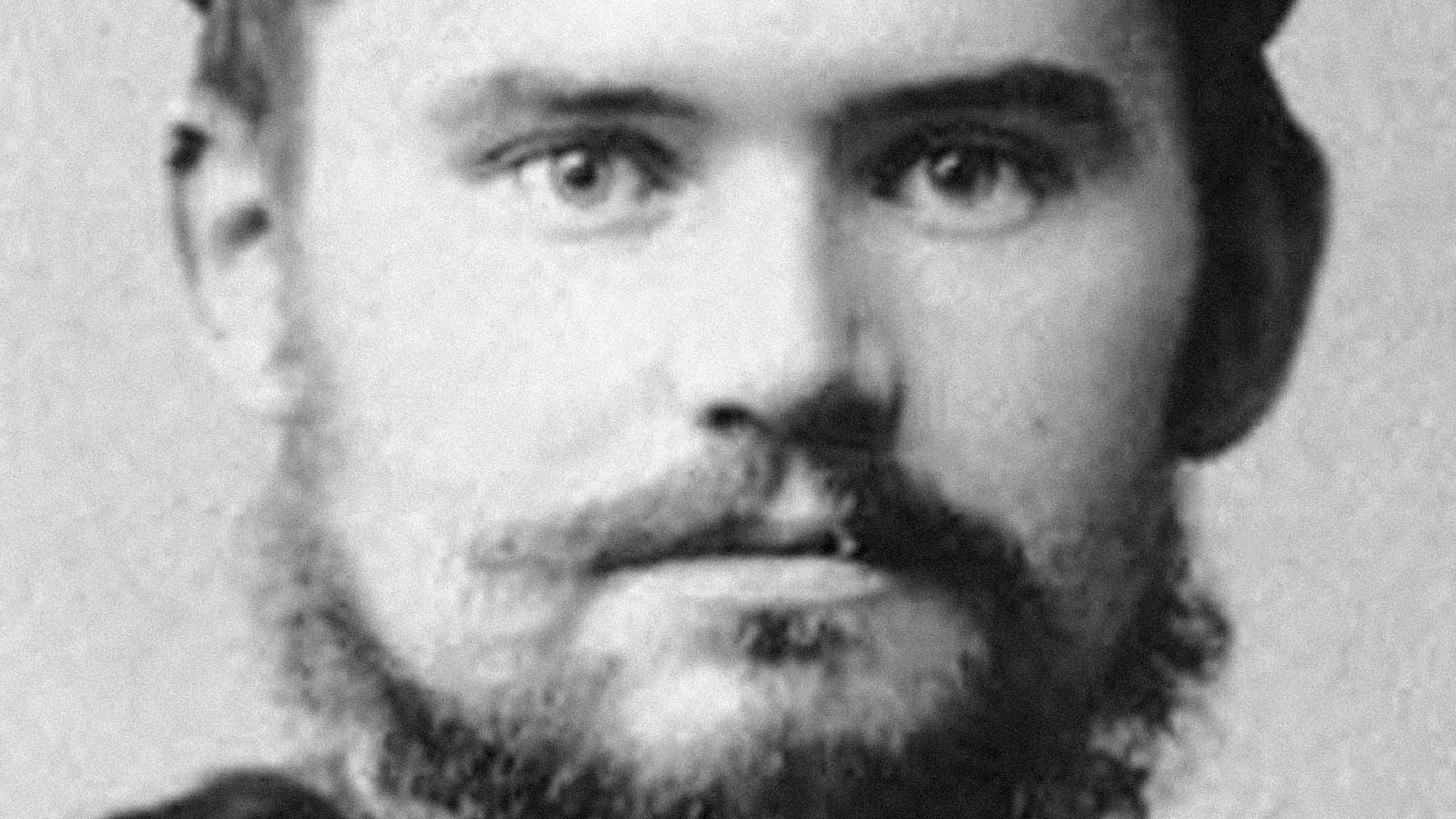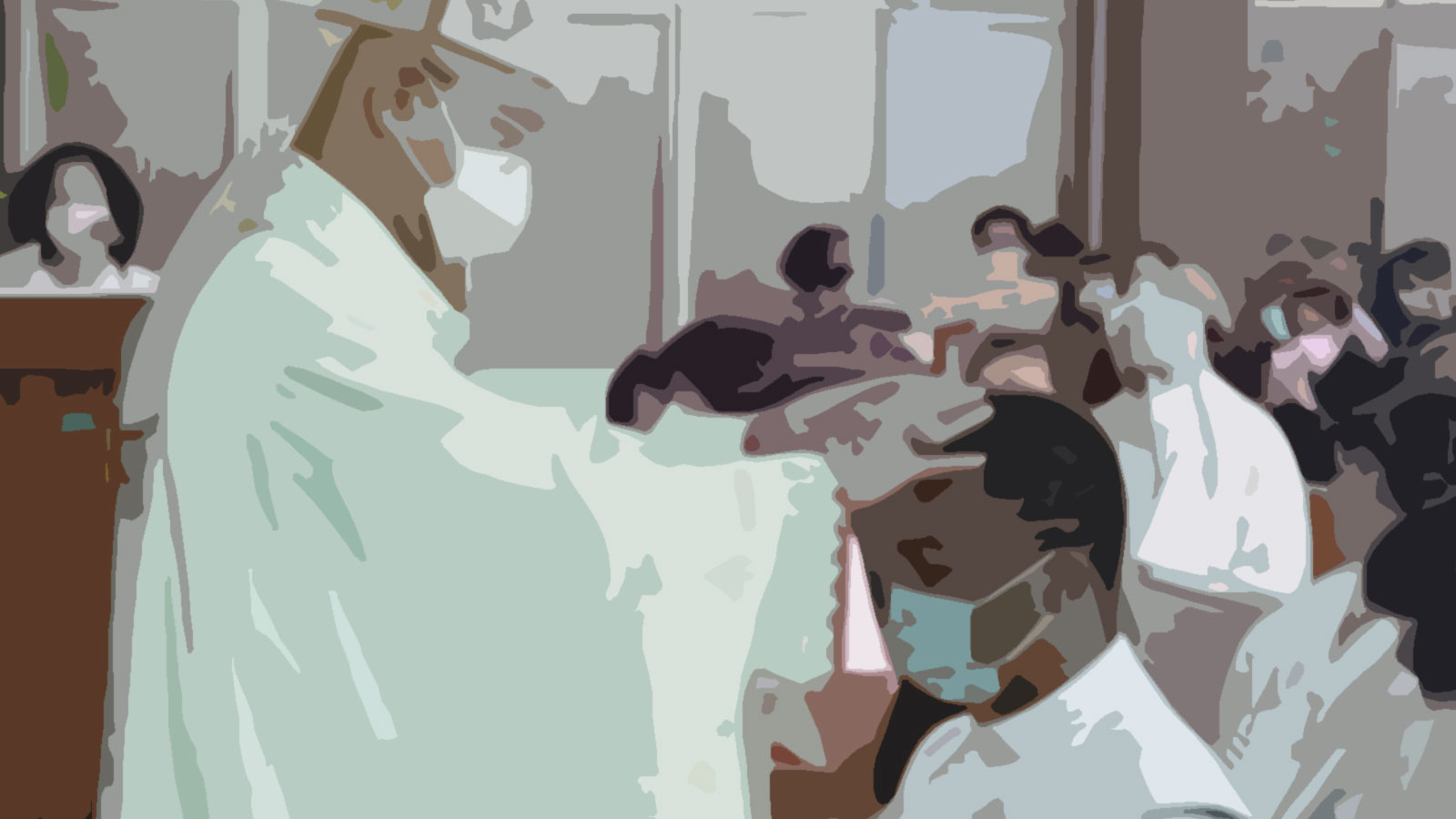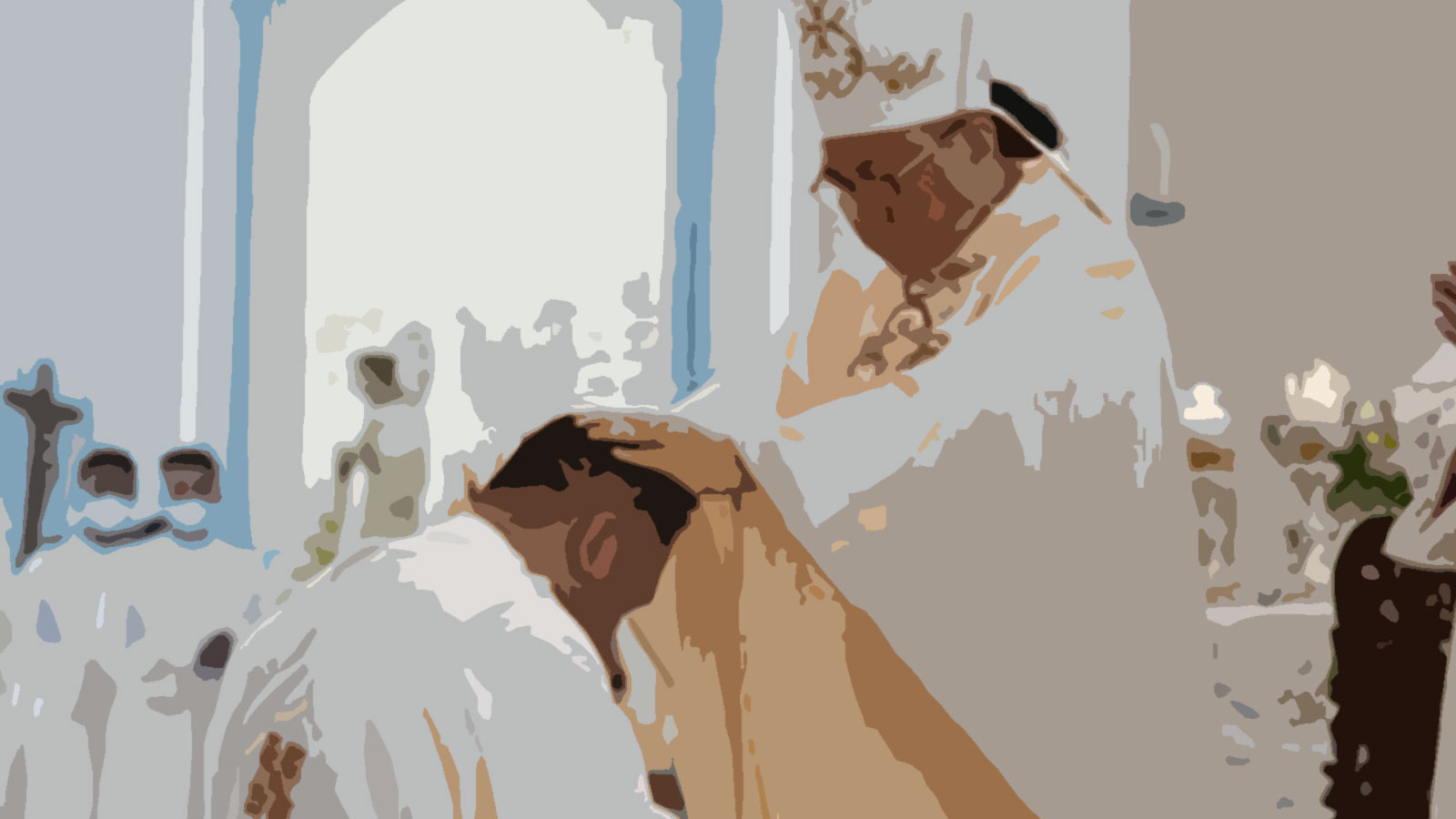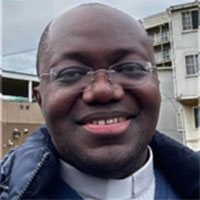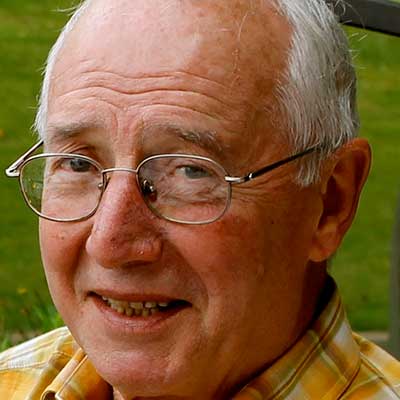Remi Van Merhaeghe (1869-1901). A CICM Martyr
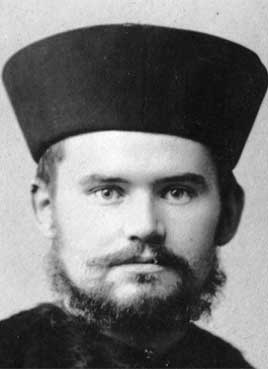
Remi Van Merhaeghe was born on February 6, 1869, in Waregem, Belgium. He entered the Novitiate at Scheut on September 7, 1889. The following year, on September 8, he pronounced his temporary vows. On July 22, 1894, he was ordained a priest in the chapel of Scheut. Two months later, on September 16, he and three other confreres left for the vicariate of South-West Mongolia. Passing by Lourdes, they traveled to Marseille where they took the boat Sidney for Shanghai on September 23. Five weeks later they arrived in Shanghai. From there, Remi traveled to Beijing and Sandaohe (San-tao-ho), the place of the episcopal residence of the vicariate of South-West Mongolia. The bishop was Ferdinand Hamer (1840-1900).
After studying the Chinese language for some time, Remi was sent to the mission of Xiayingzi (Hsia-ing-tze) in the Province of Gansu. From this mission it took 30 hours travel to reach the nearest mission. The mission did not have many Christians as most of the people were Muslims.
In 1896 the Muslims revolted. They did not explicitly target the Christians and the missionaries. In the beginning of August 1900, the Boxers entered the region. Thanks to the intervention of the governor who was a personal friend of Paul Splingaerd (1842-1906), the lay companion of the first CICM caravan, the Boxers couldn’t inflict much damage on the mission. In other places, missions were ransacked, Christians massacred, and about 2,000 Christian girls and women abducted to be sold mainly to Muslims. The Boxer rebellion was suppressed by the end of 1900.
One of the tricky issues was the liberation of the girls and women who were abducted. How many of people were abducted? Many men were killed, and Christians had fled. Were those who did not return abducted or killed? Another problem was the difficulty to locate those who were abducted. Moreover, many of the buyers are not very eager to let women go, even after receiving a certain payment. And would the courts cooperate to settle the issue? Should the missionaries pay? It was indeed a tricky undertaking and not free of danger.
In the mission of Xiayingzi Remi spared no effort to obtain the liberation of the abducted women. As a consequence, on December 13, 1901, the feast of St Lucia, he and his confrere Henri Bongaerts (1874-1901) were attacked in their residence. Remi was killed and Henri was badly wounded. He died ten days later.
It was indeed dangerous to try to liberate the abducted women because the powers that be were not very eager to abandon their power. During his public ministry our Lord Jesus experienced opposition and ultimately had to pay the price. Many disciples followed in his footsteps and underwent the same fate.
In 1917, the remains of the two martyrs were transferred to the crypt of the cathedral of Sanshenggong. During the cultural revolution the two coffins were removed from the crypt and hidden in a secret place. In 1993, the coffins were returned to the crypt. In 1994, Johannes Zhao, the young Chinese parish priest of Xiayingzi, conceived the plan to return the remains to the new church of Xiayingzi. Two new coffins were made. The reburial took place on January 1, 1995. After a solemn eucharistic celebration presided over by the bishop and with many priests concelebrating, the two coffins were placed in the side altars of the parish church.[1]
André De Bleeker, cicm
General Archivist
[1] See Staf Beelen. Remi Van Merhaeghe, cicm: Zendeling in de Ordos en martelaar van de Boksersopstand. Leuven: De Verbieststichting, n.d., p. 193.


